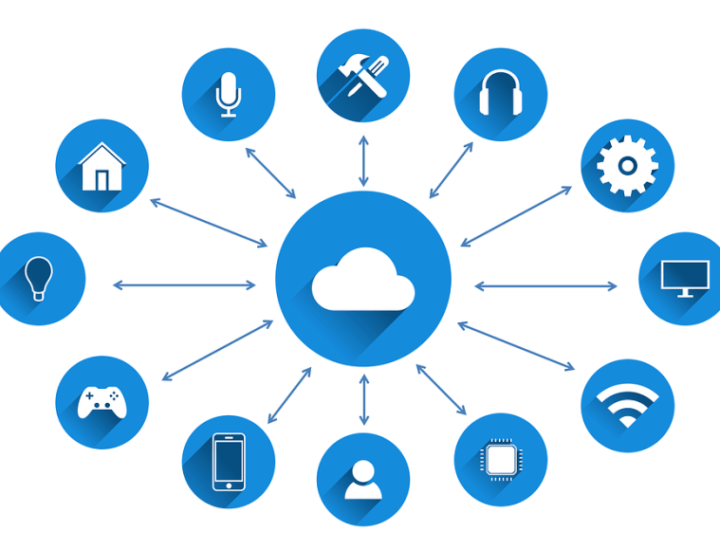
luxury conquers the no canal
Feared by luxury houses at the beginning, making most of them late adopters, the digital world is now a major and unavoidable axis of their ...
Our Expertise

After the tremendous growth of content management solutions in recent years, where PIM (Product Information Management), DAM (Data Asset Management), GDP (Project Management), etc. have flourished, the question of “so, what’s next?
First of all, with the advent of cloud offers and solutions, SaaS (Software as a Service) and PaaS (Platform as a Service) modes are becoming market standards and make it possible to offer speed and processing power for ever lower costs.
It is also important to underline the exponential strength of the development possibilities induced by open-source, which allow, through increasingly intuitive and ergonomic interfaces, to respond with agility to market needs ; even if we must recognize a certain development of “crab” solutions where functional evolutions respond more to an “expressed” (and therefore specific) customer need than to a “latent” market need (and therefore likely to interest the greatest number).
The boundaries between tools today are more a matter of fuzzy logic than of hyper-specialization: Who can believe that monolithic PIM or DAM solutions can still be relevant when faced with integrated and interconnected solutions (combining PIM+DAM+ERP+… within a single interface)?
But the real 3.0 revolution is the total dematerialization of assets and artificial intelligence through a Media Center, the nodal point of all convergences (PIM/DAM/ERP/…). Here are some examples:
Semantic Web 3.0 is coming!
Let’s not forget digital certification (digital asset compliance) based on the blockchain principle, which makes it possible, for example, to ensure the veracity and correct use of assets (management of rights, formats, etc.). At a time when fake news is being pointed out, it is essential to secure everything.
And we are already talking about POM, “Small Multimedia Work” where the aggregation/mixing on the fly of various assets (text, sound, video,…) allows to create automated and on-demand digital contents and to hyper-specialize its message. It remains to find the right economic model for these dematerialized works and to ensure that the investments (often substantial) produce the desired results. Not so simple… fortunately harpagon is here to help you!

Feared by luxury houses at the beginning, making most of them late adopters, the digital world is now a major and unavoidable axis of their ...

Scanning a barcode to know the composition of a product, reading other customers before choosing a restaurant, or comparing airfare prices, ...

From Christie’s sale of a piece of digital art for $69 million, to Jack Dorsey’s (co-founder of the Twitter platform) first twee...